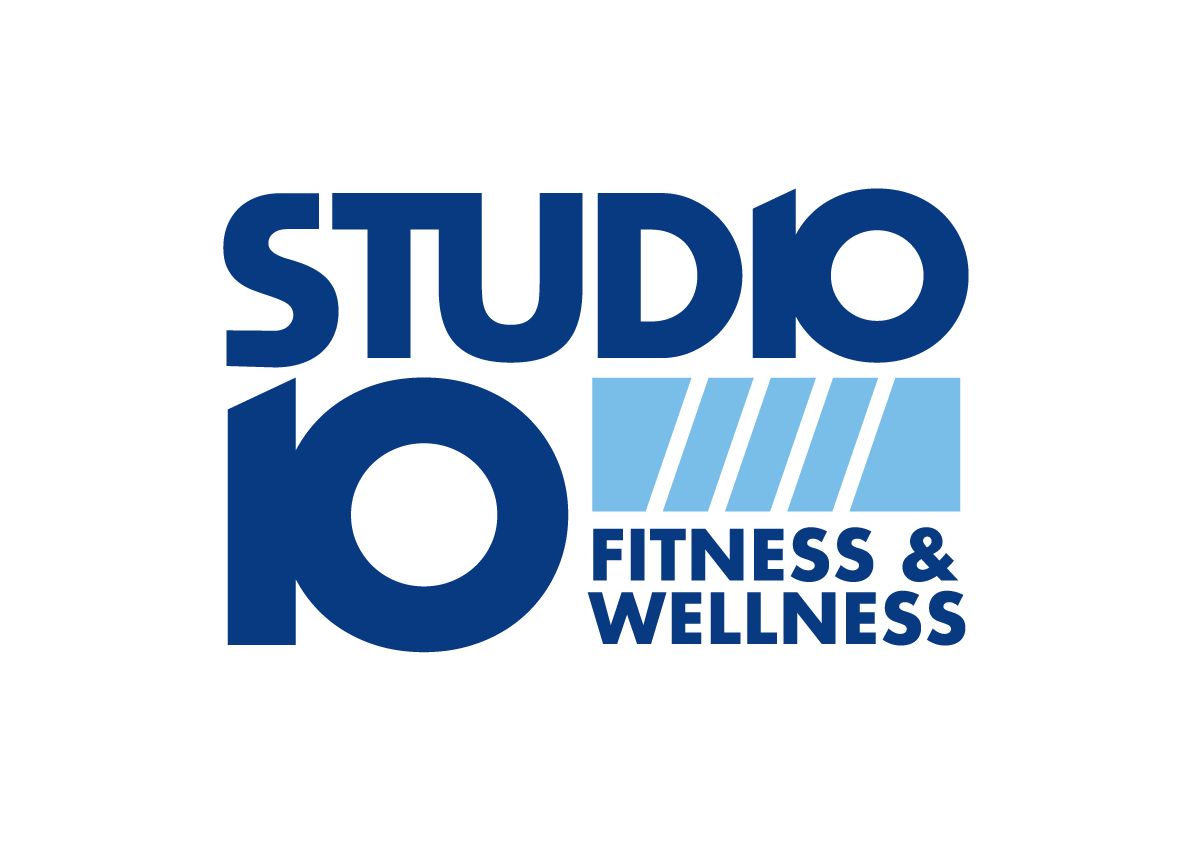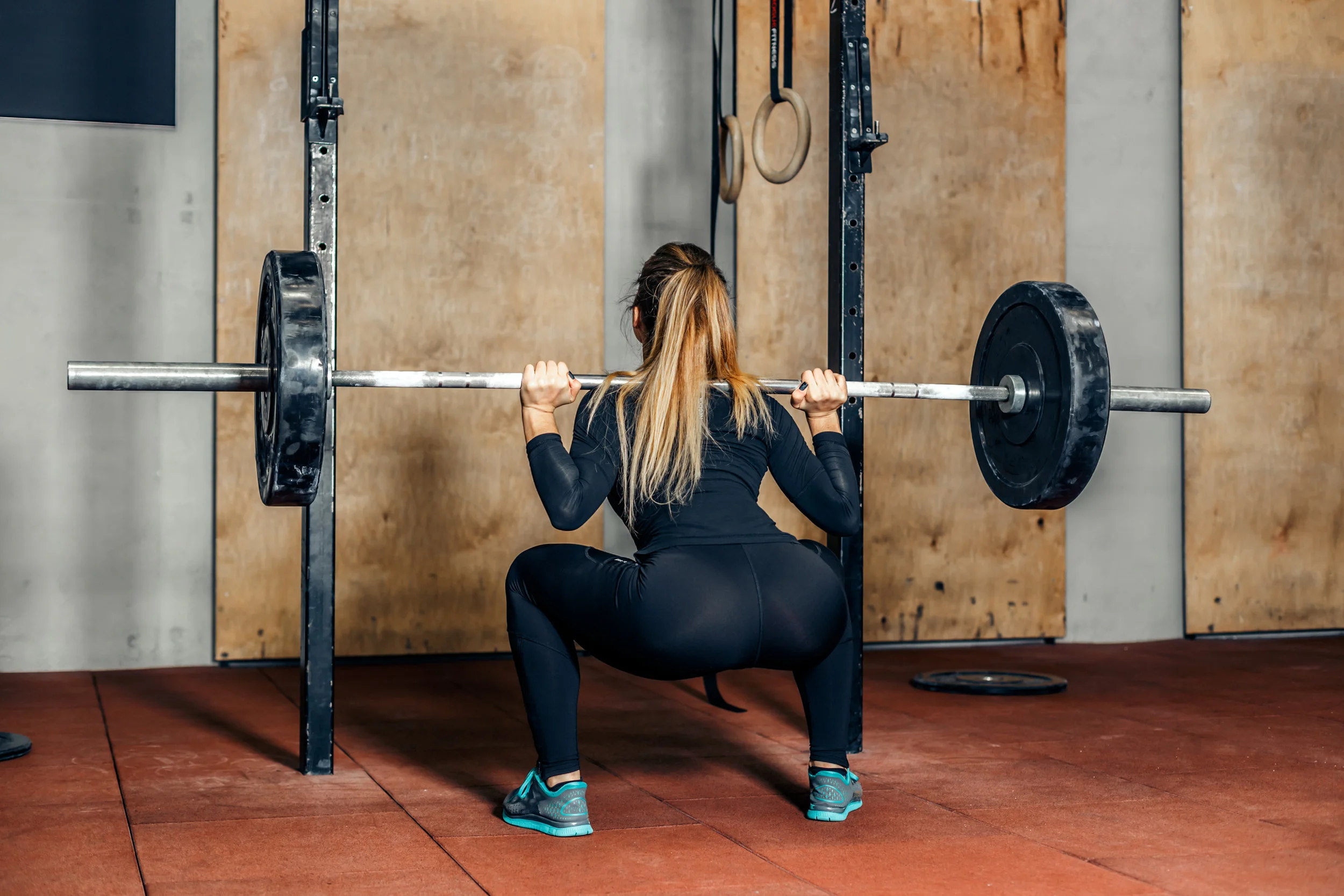The Trap Bar: The most Underrated Tool in the Weight Room.
Early in 2011 I was working in a rural area with few decent gyms. So to get in a good training session, I would have to travel 30 minutes by motorcycle to a golf and country club which had a small weight room and a handful of cardio machines. But one discovery/revelation made these trips, and all the gearing up associated with winter motorcycling worthwhile: the Trap Bar. A real gem - tucked away in the corner of the room, redundant and gathering dust. I have since purchased my own, and it has become an integral part of my lower body programming.
For those unfamiliar with the trap bar (or hex bar), it's a large hexagonal barbell designed to position the user inside its framed construction. It is so called because of its intended use for training the upper trapezius muscle, or 'traps', with shrugging exercises that are typical in bodybuilding routines. However, shrugging is only the tip of the iceberg in terms of the trap bar's true potential, because it's also a great tool for leg training. But before I talk about why, we need to look a little closer at the drawbacks of the exercises it can replace or supplement.
The Trap Bar: an underrated and underused Tool
Those that lift weights will know that the Back Squat and the Deadlift are considered two of the biggest lifts in terms of neural drive and muscle involvement. They are both demanding exercises that require skill and concentration to perform correctly, with each movement being distinguished by the different angles of flexion at both the hip and the knee: The Deadlift is a hip dominant movement, performed with relatively greater hip flexion than knee flexion; while the Squat involves similar levels of knee and hip flexion. Both exercises require good mobility of the ankle, hip and thoracic spine, and tightness in any of these areas will prevent the lifter from achieving the strongest and safest position from which the lifts commence.
The Squat involves similar angles of hip and knee flexion as can be see in this image.
The traditional Deadlift commences with more hip flexion relative to knee flexion, when compared to the Squat. This lifter has proportions that are well suited to the exercise, and is in a strong position to commence the lift.
The Deadlift in particular can be a real challenge for anyone with less than ideal mobility or bio-mechanics. I have witnessed this many times in gyms, and the exercise can look particularly awkward for taller lifters with longer legs relative to overall height. The exercise requires the bar to be positioned very close to the body during the lift in order to maintain the lifter's centre of gravity above the mid-foot. For someone long legged, that has tight hamstrings or poor hip mobility, this is not easy to achieve without some flexion of the lumbar spine. By attempting to perform a Deadlift, as many do, with an excessively flexed lumbar spine, the lifter is greatly increasing their risk of back injury.
A long legged, taller lifter commencing a traditional Deadlift. You can see the lumbar spine is slightly flexed, and not in its neutral or strongest position.
For those that struggle with good Deadlift form, there are a couple of standard barbell variants that get over many of the drawbacks with the traditional lift: The Sumo Deadlift, that involves a wider stance, bringing the hips closer to the bar, and therefore a more upright torso with less hip flexion. And the Romanian Deadlift (RDL) - a favourite of mine - where, in its strict form, the bar is lowered from a rack and involves much less knee flexion than the standard movement; making it easier to maintain a neutral spine while the bar is centred above the mid-foot. The Romanian Deadlift is usually performed with much lighter loads than the normal Deadlift, and targets the hamstrings and glutes very effectively. It is often seen as an assistance exercise, as opposed to a ‘big lift’.
But although both the Sumo and the Romanian variations provide solutions to some of the challenges faced with the standard lift, they are somewhat of a compromise and involve quite different movement patterns.
For those that are interested in the technicalities of the RDL, I have included this excellent instructional video by Mark Rippetoe below.
Back squatting also presents challenges to some, and can be quite difficult to perform well if you are very tight in the upper torso and unable to bring your hands back behind your shoulder line with relative ease. This can cause over extension of the lumbar spine, and excessive forward tilt of the pelvis during the lift.
The Back Squat can be a challenge for someone with poor mobility and lack of extension in the thoracic spine. This makes it difficult to get the hands back behind the shoulder line, and in doing so can force excessive extension into the lumbar spine, creating a forward tilt of the pelvis.
So having looked at the some of the problems faced with the traditional lifts, lets now see how the trap bar fits in.
The design of the trap bar gets around the positional challenges of the standard Deadlift and the Back Squat, and in doing so, it creates a hybrid exercise that brings the best of both movements. By placing the lifter inside the bar, which is then gripped on each side of the them, the lifter is immediately placed in a less compromised position; one that can be likened to picking up two suitcases. Hip mobility (unless very poor) is no longer a limiting factor when attaining the correct centre of gravity, so it is easier to maintain a neutral spine throughout the lift. And although the exercise is still commonly called a Trap Bar 'Deadlift', the reduced hip flexion and more upright torso position makes the movement more akin to a Squat. In my own programming, I call the exercise the 'Dead Squat', as I think this better reflects the nature of the movement.
The video below demonstrates the Trap Bar Deadlift (or Dead Squat). Compare this to the Romanian Deadlift in the video above, and both Squat and standard Deadlift positions in the photos further up this page. You can clearly see that the exercise is closer to a Squat, in terms of leg movement, but has the 'dead weight’ characteristics of the Deadlift.
So you can see why I'm a fan of the Trap Bar, and why I favour it for many of my clients, especially those who's proportions or mobility don't suit the standard Deadlift. It feels great too, and you get some really good leg drive without a compromised lumbar spine posture. However it's still an advanced progression, so should only be attempted once you have mastered good form with body weight and lighter loads such as kettlebells or dumbbells. But if you're ready for it, and barbell dead-lifting just doesn't feel right for you, ask your trainer to blow the dust off this tool, and give your legs the boost they were looking for.
Thanks for reading,
Dylan



